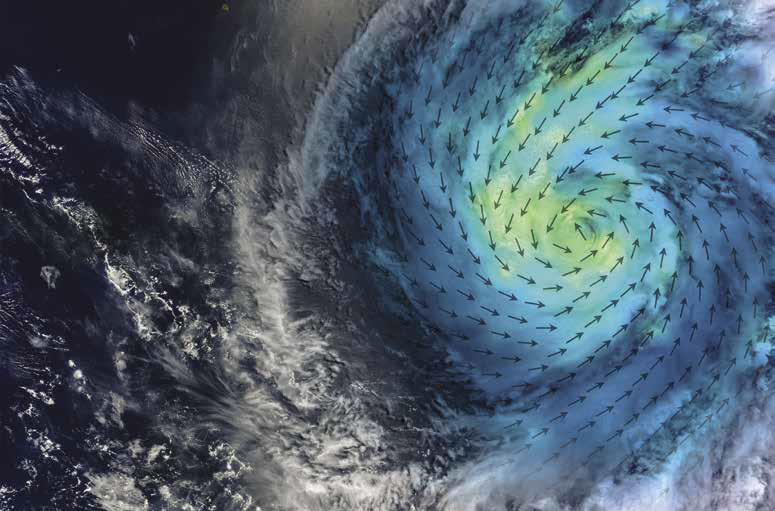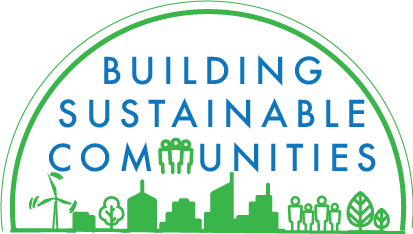Also available in: Русский
Have you ever wondered what your national meteorological agency actually does? I suppose it wouldn’t be inaccurate to say that they can help you decide how to dress, whether or not to carry an umbrella, or water the garden. But their purpose is so much bigger than that.
National meteorological and hydrological services (NMHSs) are responsible for helping people understand, predict and warn of weather- and water-related hazards such as storms, floods, and hurricanes.
In a world where more and more people are vulnerable and exposed to the effects of extreme weather, NMHSs can help reduce exposure to harm, tragic loss of human lives, and economic calamity by providing more accurate, reliable, and actionable weather, climate, and hydrological information.
The operative word there is “can.” Countries that have invested in their NMHSs, encouraged the development of complementary private services, and invested in research and development are able to limit the impact of extreme weather events through early action prompted by meteorological and hydrological warnings. But for many countries, particularly those with low- or middle-income, significant investment is still needed to enable them to build their own national monitoring, forecasting, and service delivery infrastructure.
Often that investment can be misplaced: too great an emphasis is placed on buying observation equipment, and not enough supports the delivery of services using the “best available” information. Many development projects focus on meeting a NMHSs’ demands for more observations. However, sustaining this capability is difficult, and the benefit of the investment often short-lived. Convincing governments to follow borrowing with investment to sustain their public services is a challenge – one for which there is no easy remedy.
A new publication, Weathering the Change: How to Improve Hydromet Services in Developing Countries, looks to address that challenge. By taking a holistic look at the challenges that both NMHSs and development partners face, it proposes a systematic approach to strengthening national hydromet services.
A systematic approach is important because preparation of complex projects requires considerable effort. Basic practices such as road mapping, business and strategic planning can take a project a long way. Tools, such as the development of a “Concept of Operations,” provide a means of developing consensus among stakeholders so that there is a common understanding and support for the proposed operational system. The systematic approach allows the NMHS and stakeholders to understand the implications of any change in the current system, which may provide new capabilities, but may also increase operating costs, in turn affecting the overall sustainability of the organization.
Weathering the Change analyzes all actors involved in the production and delivery of hydromet services, with an emphasis on the role of the public sector. It provides insights into how to improve the skill, efficiency, and cost-effectiveness of publicly-funded NMHSs so that they can carry out their mandate to protect lives, livelihoods, and property, and are able to support economic development.
Although there is no definitive approach to designing NMHS modernization projects in low-and middle-income countries, a lot has been learned over the past decade that can contribute to more successful outcomes. Weathering the Change offers a set of actions that allows to make the proposed investments more efficient and corresponding to the goals of the national meteorological and hydrological services.
Weathering the Change: How to Improve Hydromet Services in Developing Countries was produced by the Global Facility for Disaster Reduction and Recovery (GFDRR), which is managed by the World Bank. The publication draws upon many documents and practices introduced by the World Meteorological Organization (WMO) that provide the foundation for the provision of meteorological and hydrological services worldwide. It aims to help development practitioners and NMHSs – which are or may become involved in working with national governments – to improve the delivery of national meteorological and hydrological services to their citizens and economies.
Related:
- Subscribe to our Sustainable Communities newsletter
- Follow @WBG_Cities on Twitter




Join the Conversation